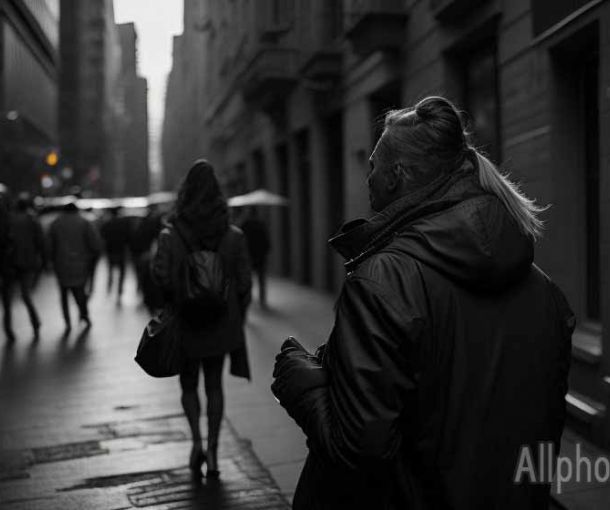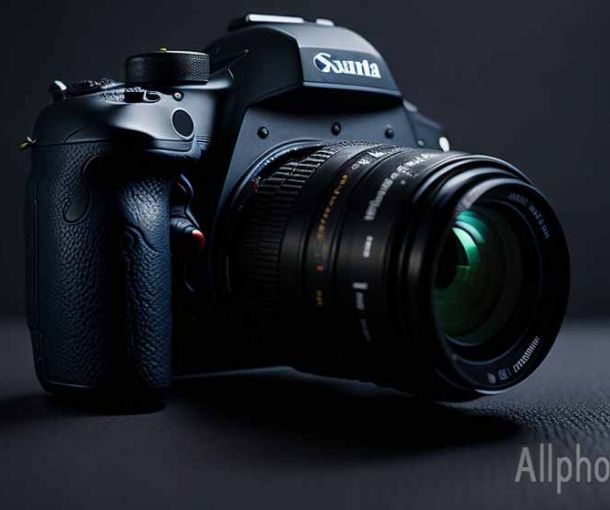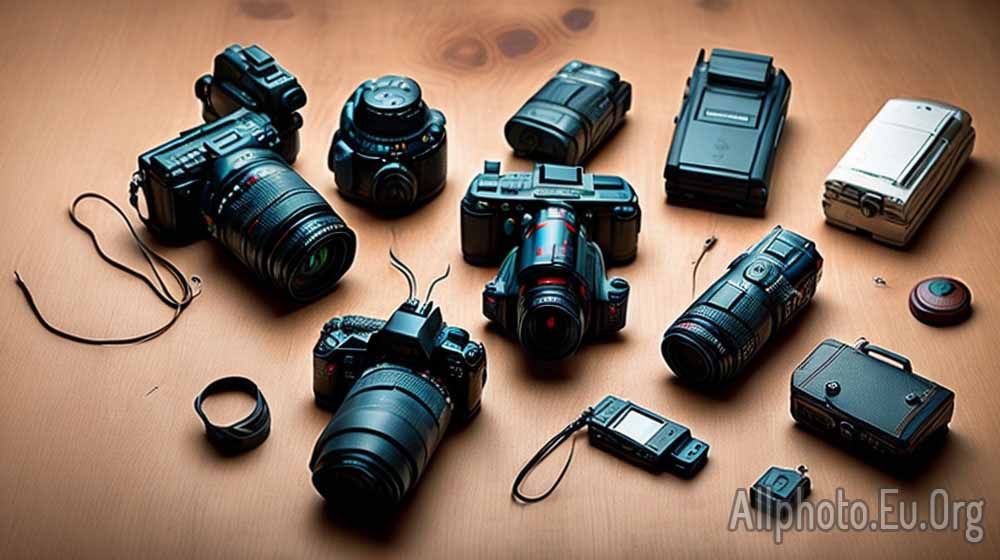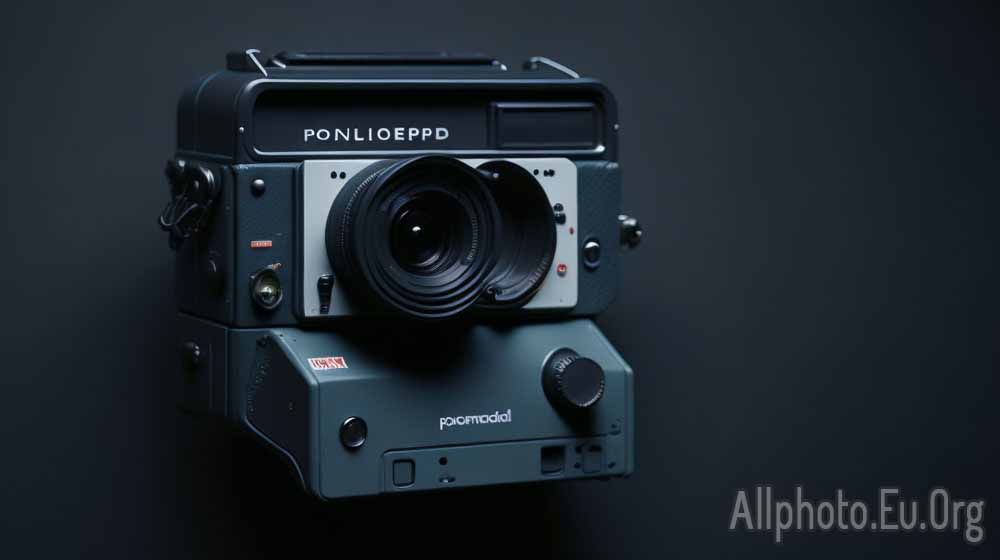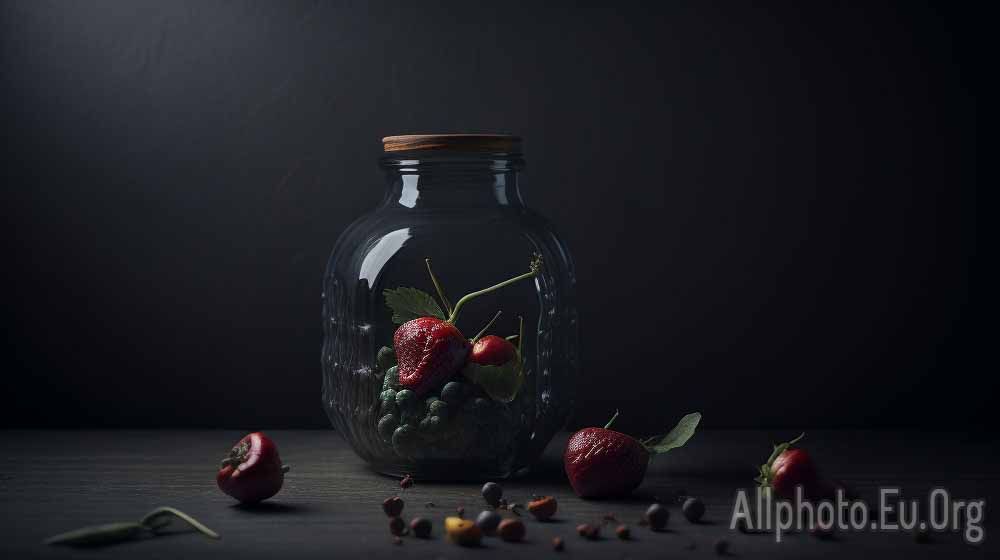The Beauty of Food Photography: Tips and Techniques for Creating Appetizing Images
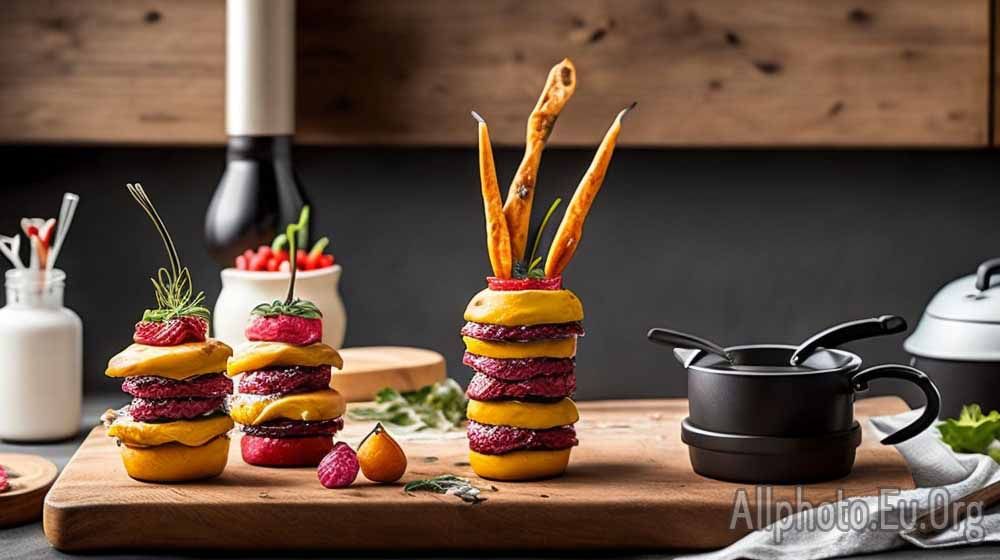
Food photography has become increasingly popular in recent years, with social media platforms like Instagram and Pinterest providing a platform for aspiring photographers to showcase their skills. The beauty of food photography lies in the ability to capture the essence of a dish, making it look so delicious that it entices the viewer to taste it. In this article, we will explore some tips and techniques for creating appetizing food photography.
-
Lighting is Key
One of the most important elements of food photography is lighting. The right lighting can make or break your photo, so it's crucial to get it right. Natural light is the best choice for food photography, as it brings out the natural colors of the food and creates a warm and inviting atmosphere. If you're shooting indoors, try to position your subject near a window where there's plenty of natural light. If you're shooting at night or in low light conditions, you can use artificial lighting, such as a softbox or a ring light, to create a similar effect.
-
Use Props Wisely
When it comes to food photography, props can add interest and depth to your images. However, it's important to use them wisely and not let them overpower the food. Choose props that complement the dish and add to the overall feel of the photo. For example, if you're shooting a rustic, homestyle dish, you might use a wooden cutting board or a vintage fork and knife to enhance the mood.
-
Keep it Simple
Sometimes, less is more when it comes to food photography. A cluttered background or too many props can distract from the main focus of the photo - the food. Instead, keep your composition simple and focus on the food itself. Use negative space to create a clean and minimalist look, and let the food speak for itself.
-
Pay Attention to Color
Color is an important element of food photography. Bright, vibrant colors can make the food look more appetizing and appealing. When choosing your props and backgrounds, consider the colors of the food and how they will complement each other. For example, if you're shooting a green salad, you might choose a white plate and a wooden table to create a fresh, natural look.
-
Experiment with Angles and Perspectives
Don't be afraid to experiment with different angles and perspectives when shooting food. Try shooting from above to create a flat lay or get down low to capture the food from a different angle. You can also experiment with close-up shots to showcase the details of the dish, such as the texture or the drizzle of a sauce.
-
Consider Composition
Composition is another important element of food photography. The way you arrange the food on the plate can have a big impact on the overall look of the photo. When composing your shot, consider the rule of thirds, which involves dividing the frame into thirds and placing the subject off-center. This creates a more interesting and dynamic composition.
-
Edit Carefully
Editing can be a powerful tool in food photography, but it's important not to overdo it. Use editing software like Lightroom or Photoshop to adjust the brightness, contrast, and saturation of the image, but avoid making drastic changes that alter the natural look of the food. Remember, the goal is to make the food look appetizing and realistic, not like a plastic or overly processed version of itself.
-
Highlight the Textures
Texture is an essential aspect of food photography, and it's important to showcase it in your images. Capturing the textures of different ingredients can add depth and interest to your photos. For example, the crispiness of fried food or the flakiness of pastry can be highlighted through close-up shots. You can also play with the depth of field to make certain parts of the dish stand out and blur the background.
-
Capture the Cooking Process
Cooking and preparing food can be an art in itself, and capturing the process can add a unique touch to your food photography. Photos of raw ingredients, chopping, stirring, and plating can tell a story and add a human element to your images. This approach can work particularly well for recipe blogs or social media accounts focused on cooking.
-
Tell a Story
Food is often connected to memories and emotions, and incorporating storytelling into your food photography can add a personal touch. This can involve incorporating props that are meaningful to you, such as a family heirloom or a favorite cookbook. You can also include a brief anecdote or description of the dish to give it context and create a more personal connection with your audience.
-
Show Diversity in Food
Food comes in different shapes, colors, and sizes. Showcasing diversity in food can make your photography more interesting and inclusive. You can explore different cuisines, ingredients, and plating styles to showcase the beauty of diversity in food.
-
Learn from Others
The world of food photography is vast, and there's always something new to learn. Following other food photographers on social media, attending workshops, and reading blogs can provide inspiration and help you improve your skills.
In summary, creating beautiful and appetizing food photography requires a combination of technical skills, creativity, and a love of food. By following these tips and techniques, you can elevate your food photography game and create images that are not only pleasing to the eye but also evoke emotions and tell a story. Experiment, have fun, and don't be afraid to break the rules to create something truly unique and special.
In conclusion, creating appetizing food photography requires attention to detail, creativity, and an understanding of the fundamental principles of photography. By following the tips and techniques outlined in this article, you can create images that not only look good but also tell a story and evoke emotions. Remember to experiment, have fun, and learn from others to continuously improve your skills.
Tags
Latest Articles
Most Read
All Tags
Subscribe
Donate
Please consider supporting our efforts.
© 2023 All-Photo.Cf All rights reserved.


